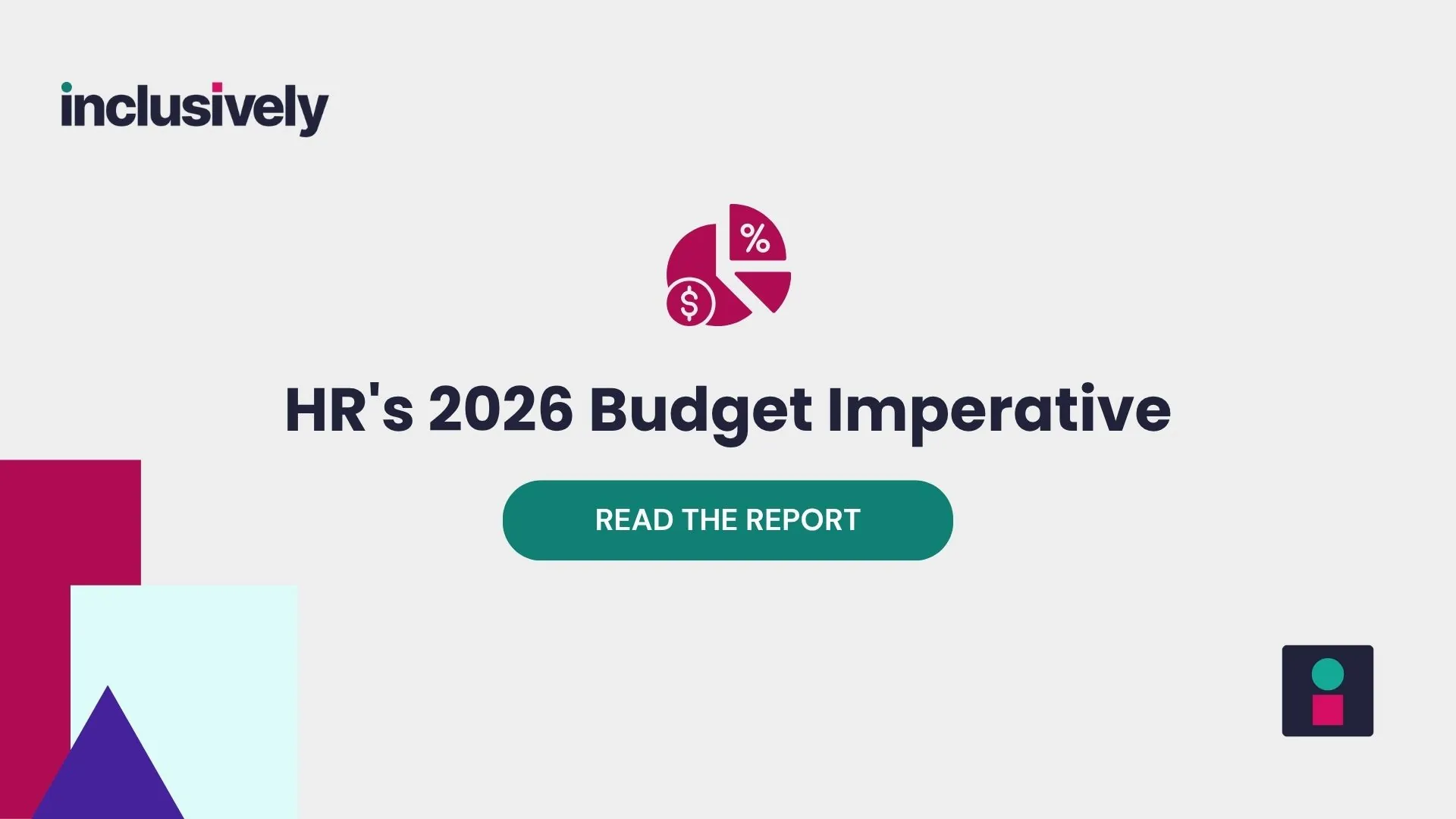Developing and sustaining employee engagement is a cornerstone for organizational achievement in the contemporary business landscape. Employee engagement transcends mere job satisfaction, embodying an employee’s fervent commitment, enthusiasm, and active participation in advancing the company’s goals. This holistic approach fosters a work environment where employees are not just present but are psychologically invested and motivated to contribute to the organization’s success.
Understanding the Essence of Employee Engagement
At its core, employee engagement encapsulates the emotional and intellectual connection an employee feels towards their place of work. This connection is not just about being content or complacent; it’s about being energetically involved and committed to the organization’s vision and objectives. Engaged employees exhibit a sense of purpose, drive, and willingness to go above and beyond their basic job responsibilities. They are the ones who speak highly of their employer, intend to stay for the long haul, and strive tirelessly to contribute to the company’s success.
The Multifaceted Benefits of Engaged Employees
The advantages of nurturing an engaged workforce are manifold. Engaged employees typically demonstrate higher productivity, better work quality, and a greater capacity for innovation. They are the bedrock of building strong customer relationships, enhancing company reputation, and ultimately driving financial performance. Furthermore, a robust engagement culture is instrumental in attracting and retaining top talent, reducing turnover rates, and fostering a positive workplace environment that resonates with commitment and excellence.
Strategic Pathways to Boosting Employee Engagement
To cultivate a thriving culture of engagement, organizations must adopt a multi-dimensional strategy that addresses both organizational and managerial influences. The foundation of such a strategy rests on clear communication, alignment of individual and organizational goals, recognition of achievements, and investment in employee development and well-being.
- Leadership Direction and Vision: Effective engagement begins at the top. Senior leaders must articulate a clear, compelling vision that resonates throughout the organization. This vision should align with the employees’ work, giving them a sense of purpose and direction.
- Transparent and Open Communication: Cultivating an environment where feedback is encouraged and valued is essential for engagement. Regular, transparent communication about company goals, challenges, and successes makes employees feel informed and valued.
- Recognition and Reward: Acknowledging and rewarding employees’ contributions reinforce their value to the organization. Recognition programs, formal or informal, boost morale and encourage a culture of appreciation and respect.
- Professional Growth Opportunities: It is crucial to provide employees with opportunities for learning and development. Career advancement paths, training programs, and educational resources empower employees to enhance their skills and career prospects, fostering a deeper engagement with the organization.
- A Supportive Work Environment: Creating a workplace that supports work-life balance, respects diversity, and promotes inclusivity is pivotal. Employees thrive in environments where they feel safe, supported, and valued for their unique contributions.
- Performance Management: Implementing fair and transparent performance management systems that align individual achievements with organizational goals is key. Goal setting, regular feedback, and constructive evaluation processes ensure employees understand their impact and how they can grow within the company.
The Role of HR and Management in Fostering Engagement
Human Resources (HR) professionals and managers drive employee engagement. HR should lead the design and implementation of engagement strategies, focusing on aligning workplace policies with organizational goals. Conversely, managers are on the frontline, directly influencing their team’s engagement levels through their leadership style, communication, and support.
Conclusion
In conclusion, developing and sustaining employee engagement is a dynamic, ongoing process requiring commitment from all organizational levels. Companies can build a more engaged, productive, and loyal workforce by focusing on the key drivers of engagement, such as leadership, communication, recognition, professional development, and a supportive work environment. This, in turn, positions the organization for sustained success, fostering a competitive edge in the increasingly complex and challenging global market.



